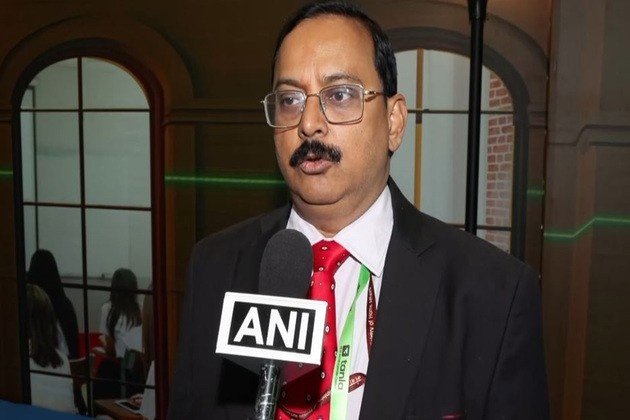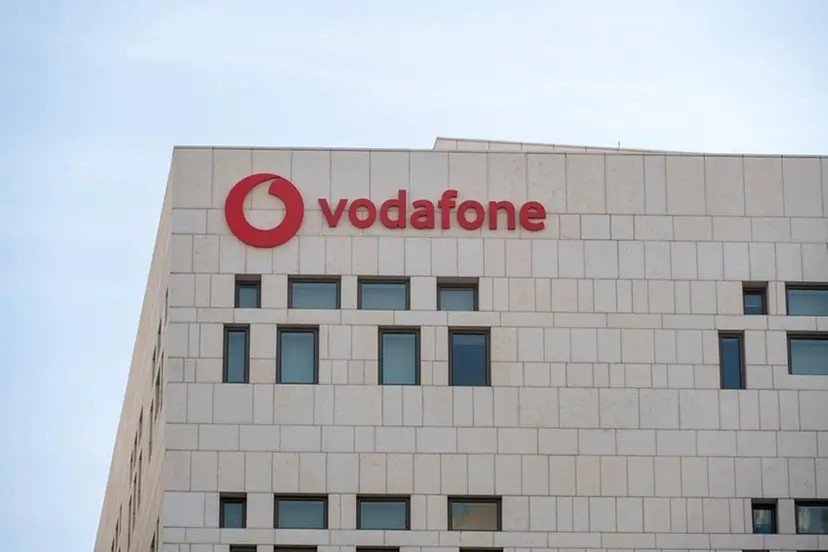Oman has made significant progress in improving its infrastructure in recent years, with key projects including the expansion of Muscat International Airport and the construction of new roads and rail links. These efforts aim to enhance the country’s appeal for tourism, support economic growth, and diversify its non-oil economy.
The International Monetary Fund (IMF) has recognized the country’s infrastructure upgrades, including luxury resorts and urban renewal projects, as central to Oman’s appeal for foreign investment and tourism. The development includes new residential and industrial projects, such as Sultan Haitham City and the Duqm Special Economic Zone.
However, the country’s infrastructure expansion faces challenges, including securing funding while maintaining a strong fiscal position. In response, Oman is increasingly turning to public-private partnerships (PPPs) as a key strategy for financing and executing large-scale projects. These collaborations, particularly in tourism and transportation, are expected to drive sustainable growth and elevate Oman’s competitive edge in the region.
Plans for future infrastructure include six new airports and a metro system in Muscat, along with a rail link to the UAE. Although the metro project will be costly due to the vast area it needs to cover, it’s seen as crucial to enhancing Muscat’s accessibility. Furthermore, Oman is leveraging sovereign wealth through initiatives like Rakiza and the Future Fund Oman to invest in large-scale infrastructure projects.
As the country continues to modernize its infrastructure, it remains committed to balancing government funding with private sector involvement, ensuring that the nation is well-positioned for long-term growth and global competitiveness.

![[PR – MENA] BingX and John Terry Team Up to Share the Playbook for Greatness at TOKEN2049 Singapore](https://meatechwatch.com/wp-content/uploads/2025/10/image_2025-10-10_13045126-150x95.jpeg)













